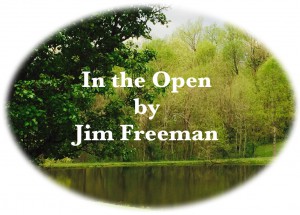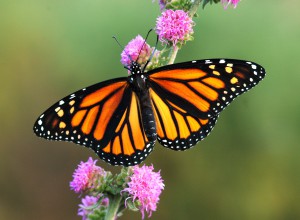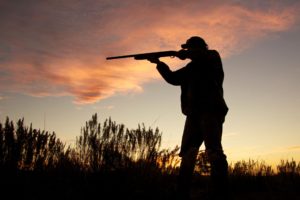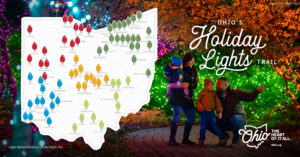Soil and Water Conservation Districts assisting in milkweed seed collection, public encouraged to help Monarch butterflies

 This fall your local soil and water conservation districts will be doing their part to help monarch butterflies and other pollinator species, and your help is needed as well.
This fall your local soil and water conservation districts will be doing their part to help monarch butterflies and other pollinator species, and your help is needed as well.
Pollinator species, particularly honeybees and monarch butterflies, are experiencing population declines across the United States. The monarch butterfly has drastically declined here in Ohio and in the wintering grounds of Mexico.
In response to this decline the Ohio Division of Wildlife and other partners have created the Ohio Pollinator Habitat Initiative (OPHI) to educate the public and help create beneficial habitat to pollinators such as the monarch butterfly. OPHI formed after the 2014 petition to list the monarch as federally endangered or threatened. The group’s primary focus is to find opportunities and other partners to assist in the efforts to create habitat.
To help foster the creation of habitat for the monarch butterfly, OPHI in cooperation with Ohio Soil and Water Conservation Districts is organizing a Statewide Milkweed Pod Collection this year starting Sept. 1 and ending Oct. 30. Milkweed is essential to the survival of Monarch Butterflies in Ohio and Ohio is a priority area for Monarchs.
The monarch butterflies that hatch here in the summer migrate to Mexico for the
winter and are responsible for starting the life cycle all over again in the spring. During September and October everyone is encouraged to collect Milkweed Pods from established plants and drop them off at the nearest pod collection station. The majority of Ohio counties have a Milkweed Pod Collection Station, most of them being located at the local Soil and Water Conservation District office. You can find the location of your local SWCD office: http://www.agri.ohio.gov/divs/SWC/SearchLocalSWCD.aspx
The Meigs SWCD office is located on East Memorial Drive in Pomeroy, across from the old hospital, and is open weekdays from 8 a.m. to 4:30 p.m. Check with your local SWCD to make sure they are participating.
All milkweed pods collected during this time will be processed by OPHI partners and all of the seed collected will be used to establish new plantings and create additional habitat for the Monarch Butterfly throughout Ohio.

When collecting Milkweed pods wear appropriate clothing for the outdoors. It is recommended that you wear disposable gloves when picking and handling pods. If you are involved in this task, it might be necessary for you to bulk buy disposable gloves online or at your nearest stores as per your discretion. Any questions or for more information on pollinators contact OPHI at 614-416-8993 or your local SWCD office.
In our corner of southeastern Ohio, it is easy to confuse milkweed with hemp dogbane, especially with younger plants. Both plants have similarly shaped leaves that exude a milky juice when broken. But the main stem of hemp dogbane is branched, forming a bushy plant, while milkweed stems are simple or branch only at the top.
Seedpods on hemp dogbane are long and curved, smaller in diameter than a pencil, while milkweed seedpods are soft and plump.
According to OPHI, to collect the seed pods from a milkweed plant it is best to pick them when they are dry, gray, or brown in color. If the center seam pops with gentle pressure, they can be picked. It is best to collect pods into paper bags or paper grocery sacks. Avoid using plastic bags because they attract moisture. Store seeds in a cool, dry area until you can deliver to the closest pod collection area. Harvesting pods from milkweed plants does not have any effect on the population of milkweed in established areas.
Jim Freeman is the wildlife specialist for the Meigs Soil and Water Conservation District. He can be contacted weekdays at 740-992-4282 or at [email protected]








